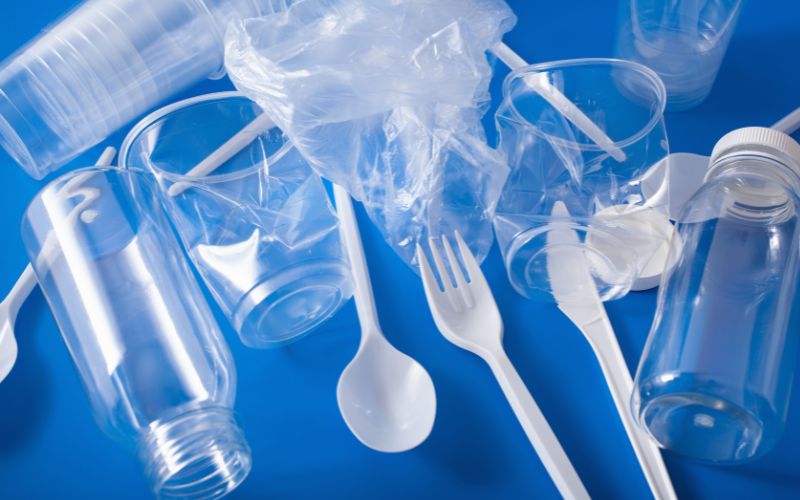Plastics have become an integral part of modern life, offering convenience and versatility in countless applications. However, the environmental impact of plastic waste has brought attention to the need for more sustainable practices. A key factor in this discussion is the distinction between single-use and multi-use plastics. Understanding the differences between these two types of plastics is essential for making informed choices that balance utility with environmental responsibility.
Single-Use Plastics
Definition and Characteristics
Single-use plastics are designed to be used once and then discarded. These items are typically inexpensive to produce and lightweight, making them convenient for a wide range of applications. Common examples include plastic bags, straws, cutlery, beverage bottles, and food packaging. The primary characteristic of single-use plastics is their short lifespan, often lasting only a few minutes to a few hours before being thrown away.
Environmental Impact
The environmental impact of single-use plastics is significant. Due to their disposable nature, a large proportion of these items end up in landfills, oceans, and natural environments, contributing to pollution and harming wildlife. Plastics can take hundreds of years to decompose, during which time they break down into microplastics that can contaminate soil and water. The production of single-use plastics also contributes to greenhouse gas emissions and the depletion of fossil fuels.
Regulatory Measures and Alternatives
In response to the environmental challenges posed by single-use plastics, many governments and organizations are implementing regulations to reduce their use. Bans on plastic bags, straws, and certain types of packaging are becoming more common. Alternatives to single-use plastics include biodegradable materials, reusable items made from metal, glass, or durable plastics, and innovations in packaging design that minimize waste.
Multi-Use Plastics
Definition and Characteristics
Multi-use plastics are designed for repeated use over an extended period. These items are typically more durable and robust than their single-use counterparts, making them suitable for applications that require longevity and resilience. Examples of multi-use plastics include reusable water bottles, food storage containers, shopping bags, and household items like furniture and kitchenware.
Environmental Impact
The environmental impact of multi-use plastics is generally lower than that of single-use plastics, provided they are used repeatedly as intended. By replacing single-use items with durable alternatives, the overall consumption of plastic can be reduced, leading to less waste and lower demand for raw materials. However, the environmental benefits of multi-use plastics depend on their lifespan and the frequency of use. If not used sufficiently, the resources and energy invested in producing multi-use items may not offset their environmental footprint.
Best Practices and Considerations
To maximize the benefits of multi-use plastics, it is important to prioritize quality and durability. Choosing products that are designed to last and maintaining them properly can extend their useful life and reduce the need for replacements. Additionally, when multi-use plastics reach the end of their life, recycling them appropriately can help minimize waste and recover valuable materials. Consumers can also consider alternatives like reusable items made from natural materials, such as bamboo or stainless steel, which may offer further environmental advantages.
Conclusion
The difference between single-use and multi-use plastics lies primarily in their intended lifespan and frequency of use. Single-use plastics offer convenience but come with significant environmental costs, while multi-use plastics provide a more sustainable option when used and maintained properly. As awareness of plastic pollution grows, the shift towards multi-use and sustainable alternatives is gaining momentum, supported by regulatory measures and consumer preferences.
Making informed choices about plastic use involves considering the environmental impact, durability, and overall lifecycle of the products we use. By prioritizing multi-use items and supporting efforts to reduce single-use plastics, we can contribute to a more sustainable future that balances the benefits of plastic with the need to protect our planet.


